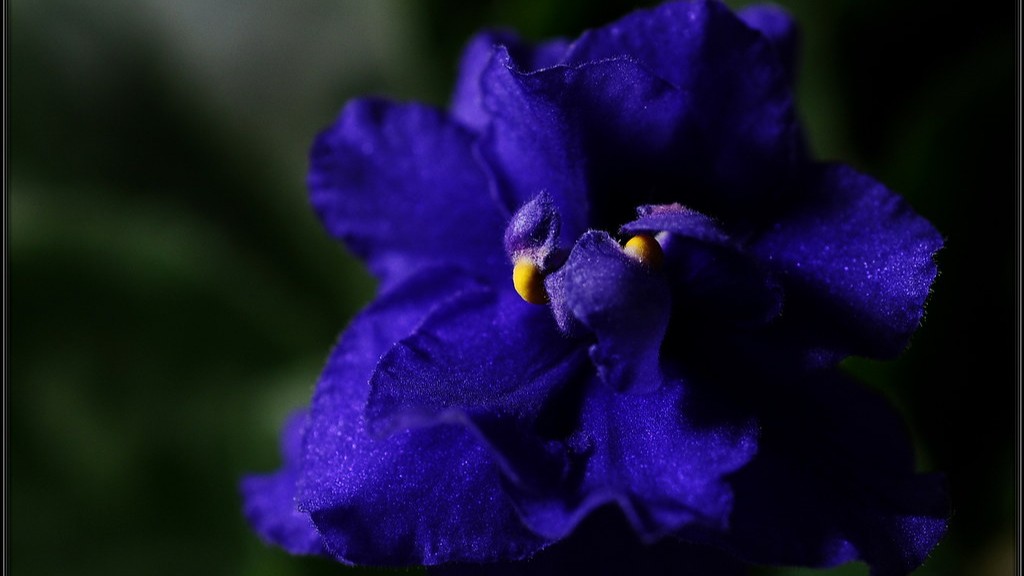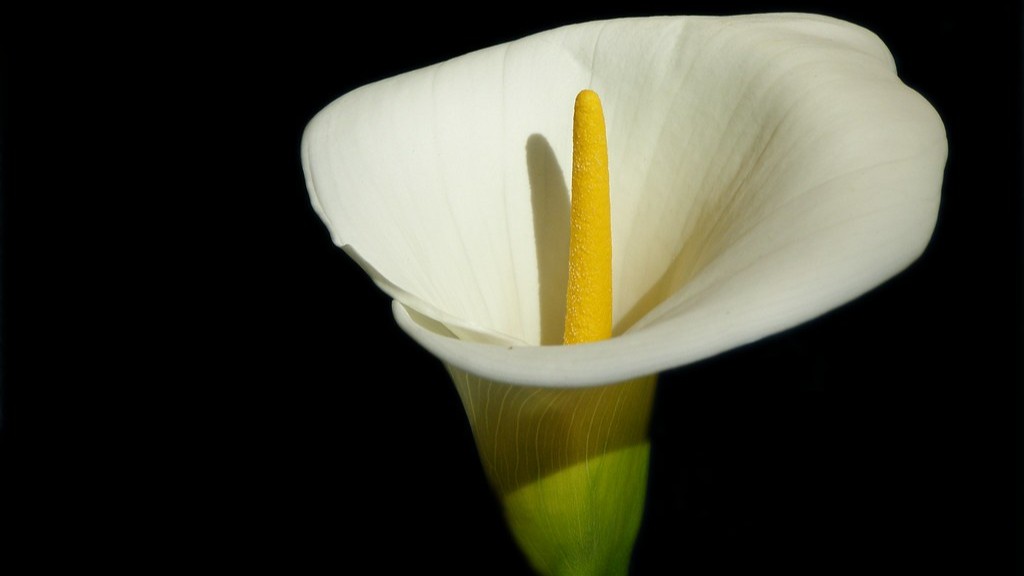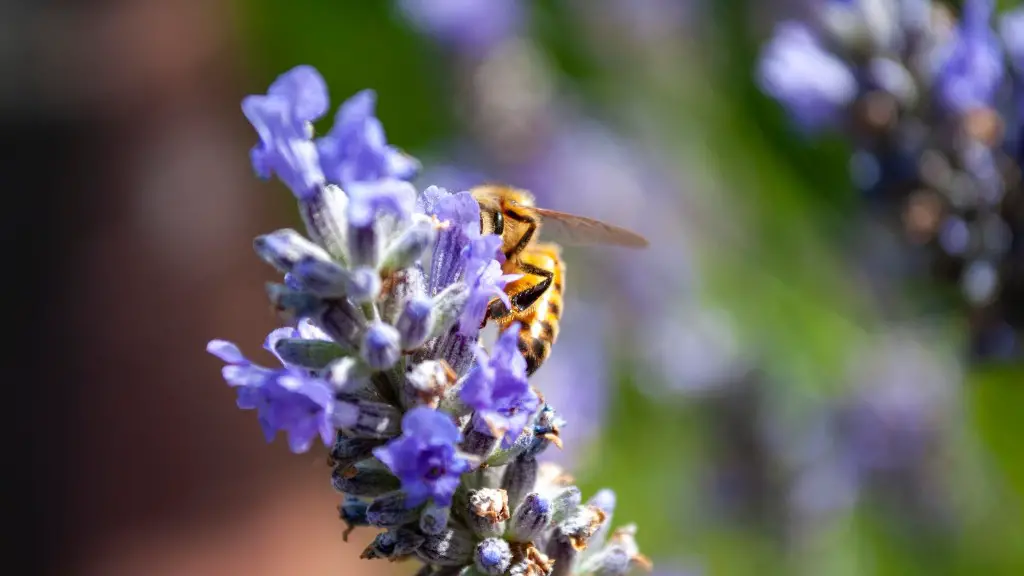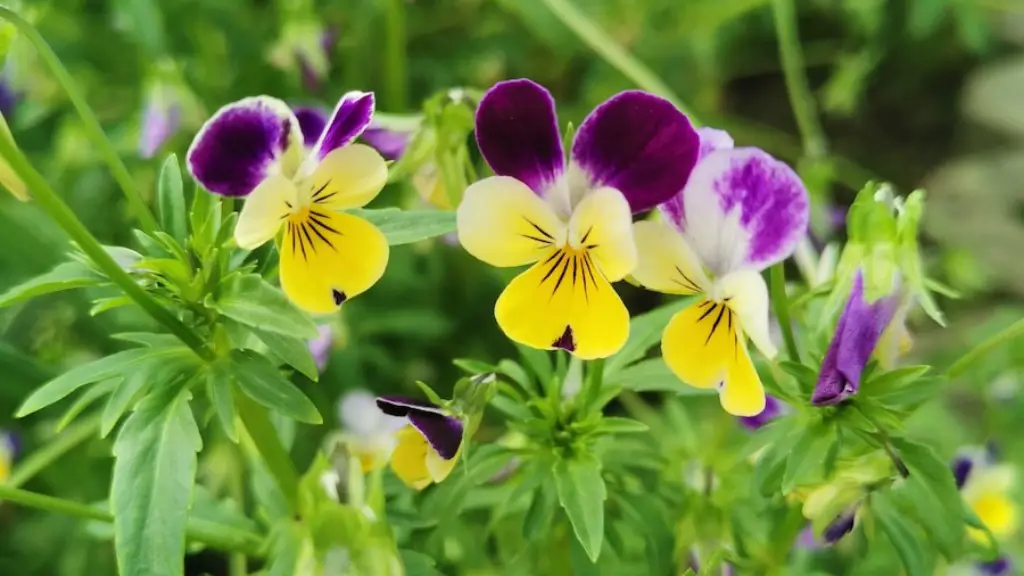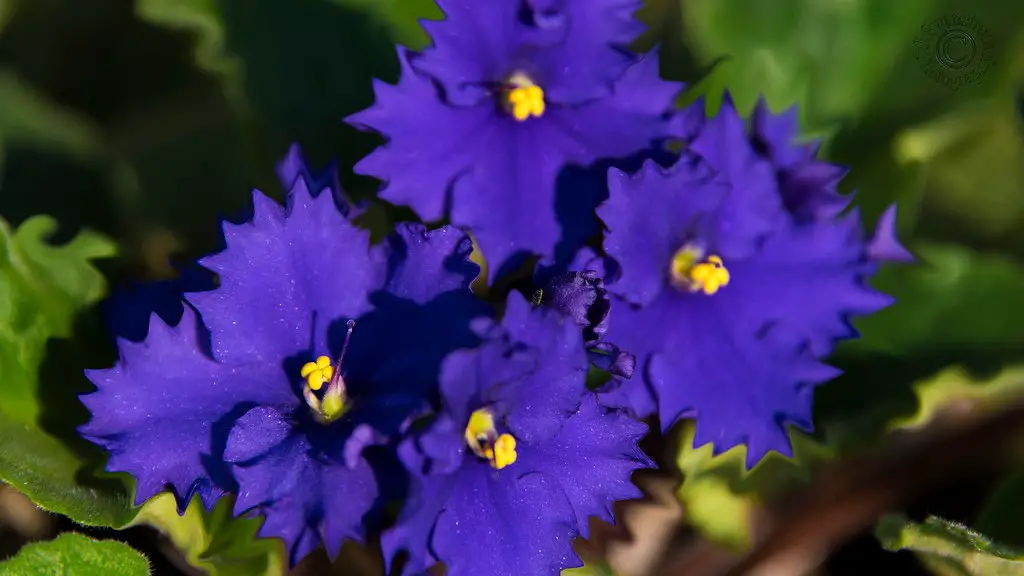African violets are a type of houseplant that is relatively easy to care for. One of the most important aspects of caring for African violets is knowing when to repot them. Repotting African violets should be done every 6-12 months, or when the plant becomes pot bound.
Most african violets need to be repotted every 6 to 12 months.
How do I know when to repot my African violet?
African violets are a type of houseplant that can thrive indoors with the proper care. As they grow, they will need to be repotted into larger pots so that the roots don’t become too bound. Once the leaves start to wilt, it’s a sign that the plant needs to be repotted.
It is important to repot African violets with fresh potting soil, at least twice a year, to ensure that the plant remains healthy and continues to grow. When a plant becomes rootbound, it means that the roots have outgrown the current pot and are growing out and around the rootball. This can cause the plant to become unhealthy and stop growing. By repotting with fresh potting soil, you will ensure that the plant has the nutrients it needs to continue growing and remain healthy.
Do African violets need bigger pots
When potting African violets, it is best to choose a pot that is on the smaller side. This will help to keep the plant slightly pot-bound, which is ideal for its growth. If you have a standard African violet plant, your starter pot should be about 3-4 inches in diameter.
African violets prefer to be root-bound to bloom well. This means that they should be repotted periodically to refresh the soil and to ensure that the roots have enough room to grow. You can often repot the plant into the same pot after cleaning it well, using fresh potting mix.
What is the lifespan of African violet?
An African violet can last indefinitely with proper care. The key is to avoid overwatering, chilling and direct sunlight, which can all reduce its lifespan.
If you want your plants to have the best color and blooms, grow them in bright, indirect light. An ideal location for a plant stand is three feet away from a west- or south-facing window. Plants will still grow when situated right beside north- or east-facing windows, but leaves will be thin and spindly, and plants less likely to bloom.
Do African violets need shallow pots?
African Violet roots don’t go very deep; they like to go sideways, so don’t use a deep pot. Your pot must have suitable drainage holes so you can water from underneath.
If your violets are only producing leaves and not flowers, it may be due to a lack of rest. Unlike many other plants, African violets do not have a natural dormancy period and will continue to grow and bloom throughout the year if provided with sufficient warmth and light. However, if your violets are not getting a sufficient rest period, they may become leggy and produce fewer flowers. To encourage your violets to bloom, try giving them a rest period of about 2 months in a cool, dark location.
How do you keep African violets blooming all year
If you’re having trouble getting your African violets to bloom, it’s likely because they’re not getting enough light. African violets need indirect sunlight – direct sunlight can burn the leaves. Choose a north- or east-facing window for best results. Keep plants away from cold glass and rotate the pot once a week so all leaves receive light.
African violets like it a little crowded above ground and below, but they can start to struggle if it gets too tight. In fact, an African violet with too many leaves might even withhold its beautiful blooms—or stop growing altogether!
Should African violets be watered from the bottom?
If you water African violets from the top, be careful not to get water on the leaves when the plant is in the sun; this is to avoid leaf spots.
This is a great story about an African Violet fan! The person in question purchased their plant from a private grower, who then gave them advice on how to properly take care of it. They followed the grower’s suggestions to a T, and as a result, the plant went absolutely wild with blooms. It’s a great example of how listening to the experts can really pay off in the end.
Is it better to root African violets in water or soil
African violets are relatively easy to root in water using a leaf. The quickest and easiest way to do this is to take a leaf from your existing African violets, or even from a friend’s plant. By doing this, you will be able to root the plant in a matter of days and have a new plant to add to your collection.
Providing your African violets with proper care, including repotting them when necessary, is key to keeping them healthy and long-lived. Repotting can seem like a daunting task, but following some simple guidelines will help you do it successfully. When to repot an African violet depends on several factors, such as the size of the plant and the condition of the potting mix. Once you’ve assessed that it’s time for a repot, choose a pot that is only slightly larger than the current one and use a quality potting mix designed for African violets. With a little care, your African violets can thrive for many years to come!
Why do African violets grow sideways?
An African Violet can develop a long, thick neck if it is left unattended. This neck can ultimately tilt sideways due to the weight of the crown. This is known as a “goose neck.” A neck can also resemble a palm tree or coconut tree trunk.
When it comes to African violets, it is best to let them be. Brushing the leaves can actually decrease plant quality and size over time, so it is best to just enjoy their beauty from a distance.
Warp Up
Put simply, you should repot your African violets when they become rootbound. This means that the roots have filled up the pot and are starting to circle the inner walls. Generally, this happens every 1-2 years.
The best time to repot your African violet is every 12 to 18 months. This will help the plant to remain healthy and continue to bloom.
